Enhancing User Experience With Animation In Web Interfaces
Reading time: 8 minutes
Animation has become an integral part of modern web design, not just for aesthetic appeal but also for improving user experience and interaction. When implemented thoughtfully, animations can guide users, convey information efficiently, and make interfaces feel more intuitive and responsive. This article delves into the best practices for enhancing user experience with animation in web interfaces.
Understanding the Role of Animation in Web Design
Animations in web design serve several crucial functions. They can make a website feel more interactive, engaging, and user-friendly. By following UX best practices, designers can use animations to improve navigation, provide feedback, and guide users through a website. Here are some key strategies for effectively using animation in web interfaces.
Subtle Transitions
One of the primary uses of animation in web design is to create smooth, subtle transitions. Subtle animations can enhance the user experience by making state changes in the interface less abrupt and more understandable. For instance, smoothly transitioning elements in a dropdown menu or accordion helps users track changes without losing context. This subtlety is essential in maintaining a user-centered design approach, where the user’s interaction with the site is seamless and unobtrusive. Elementor is often used to achieve these subtle transition effects.
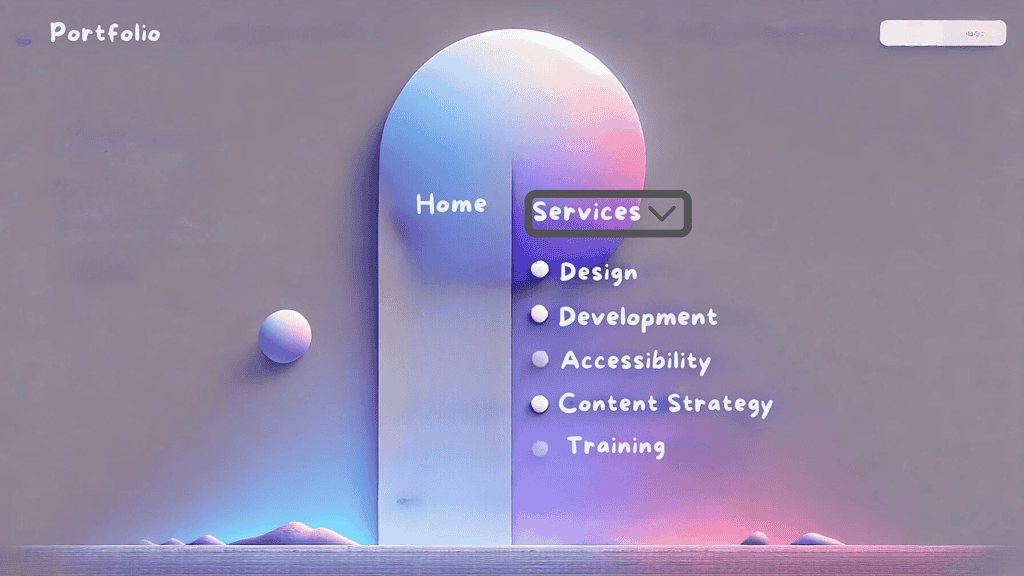
Visual Feedback
Animation can provide immediate feedback during user interaction, which reassures users that the system is responding to their actions. This could be as simple as a button changing color and shape when clicked or a small loader animation indicating that a submission is being processed. Visual feedback is a fundamental principle of user-centered design, as it helps users feel in control and informed about the system’s status. For instance, a form submission button that changes color upon clicking can give the user a sense of completion and assurance.
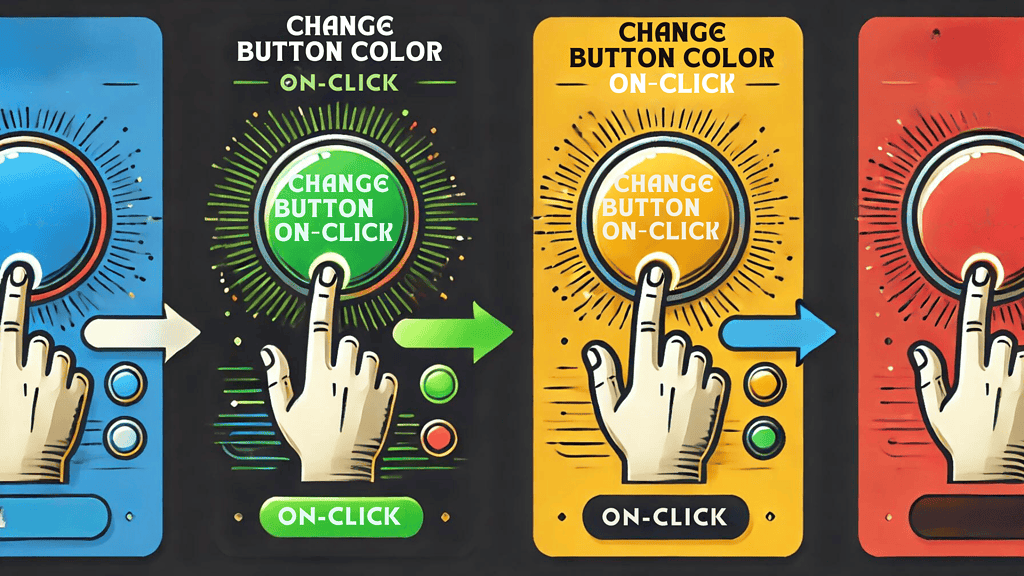
Attention Guidance
Use animation to draw attention to important elements, like new features on a toolbar or notifications. Animated effects can act as cues that lead users to take specific actions or notice updates without overwhelming them with information. This technique aligns with several UX design principles, such as visibility and affordance, by making it clear where users should focus their attention. Effective attention guidance through animation ensures that users can effortlessly navigate and interact with the most critical parts of a web interface. Elementor also provides tools for creating these attention-guiding animations seamlessly.
Loading Sequences
Instead of showing a blank screen or a static loader, animations can keep users engaged during load times. Creative, thematic loading animations can reduce perceived wait times and keep users entertained. This is especially important in maintaining user engagement on slower networks or with large data loads. A well-designed loading sequence can make a significant difference in user retention, as it reduces frustration and enhances the overall user experience.
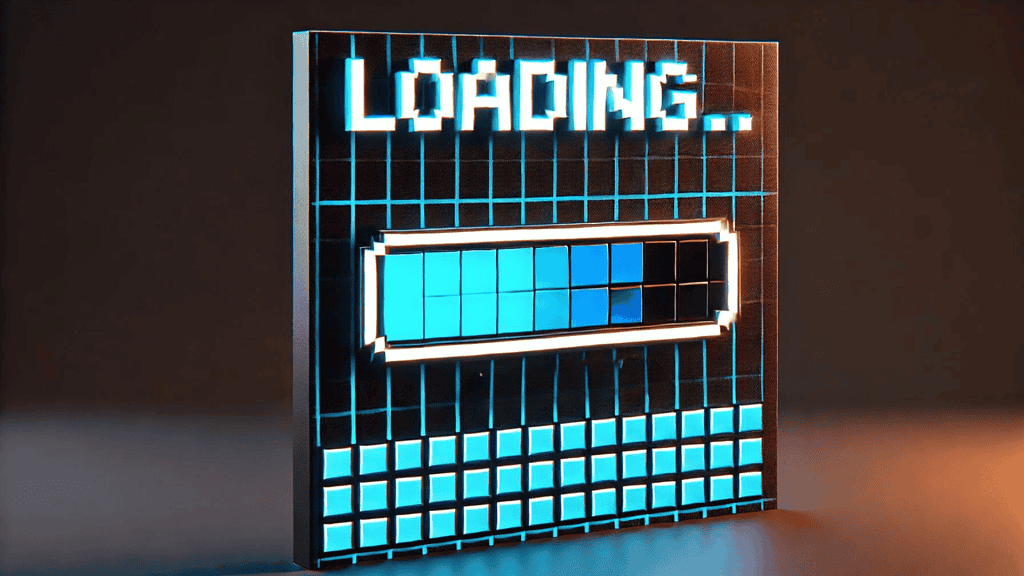
Motion Consistency
Ensure that animations are consistent with the overall style and speed of the website. Consistent animation timings and styles contribute to a coherent user experience and reinforce brand identity. Consistency in motion helps create a seamless and professional appearance, enhancing the overall user-centered design approach. Inconsistent or overly flashy animations can detract from the user experience, making the site feel disjointed or unprofessional.
Accessibility Considerations
While animations can enhance interaction, they should not compromise accessibility. Enhancing user experience with animation is valuable, but it’s crucial to provide options to reduce motion for users who are sensitive to movement, and ensure animations do not distract from critical information. Following accessibility guidelines ensures that the web experience is inclusive and user-friendly for all individuals. It’s essential to remember that not all users respond positively to motion, and providing options for reduced motion can make your site accessible to a broader audience.
Implementing Animation: Tools and Techniques
To effectively implement animation in web interfaces, it’s crucial to use the right tools and techniques. Modern web design often relies on a variety of software and frameworks to achieve the desired results.
Best Web Design Software for Animations
There are numerous tools available for creating and integrating animations into web design. Some of the best web design software for this purpose includes:
- Adobe Animate: A powerful tool for creating vector animations for web and mobile platforms. It offers a comprehensive suite of features for both simple and complex animations, making it a favorite among professional designers.
- Lottie: An open-source library for rendering Adobe After Effects animations natively on the web. Lottie animations are lightweight and perform well across different devices, making them an excellent choice for enhancing web interfaces.
- GSAP (GreenSock Animation Platform): A robust JavaScript library for creating high-performance animations. GSAP is known for its flexibility and speed, allowing developers to create intricate animations with precise control over every detail.
These tools allow designers to create intricate and engaging animations that enhance user experience.
Integrating Animations with Code
Using JavaScript and CSS, developers can integrate animations directly into the web interface. For example, CSS transitions and keyframes are commonly used for simple animations, while JavaScript libraries like GSAP provide more advanced capabilities.
This code snippet demonstrates how to create a smooth color transition effect for a button, enhancing visual feedback. Integrating such animations with code ensures that they are responsive and perform well across different devices and screen sizes.
Case Studies: Effective Use of Animation in Web Design
Examining real-world examples can provide valuable insights into how animations can be effectively used in web design.
Case Study 1: Dropbox
Dropbox uses subtle animations to enhance user experience on their website. From smooth transitions between pages to animated illustrations that explain their services, Dropbox effectively uses animation to make their interface more engaging and user-friendly. Their animations are not only visually appealing but also serve to guide the user and simplify complex information.
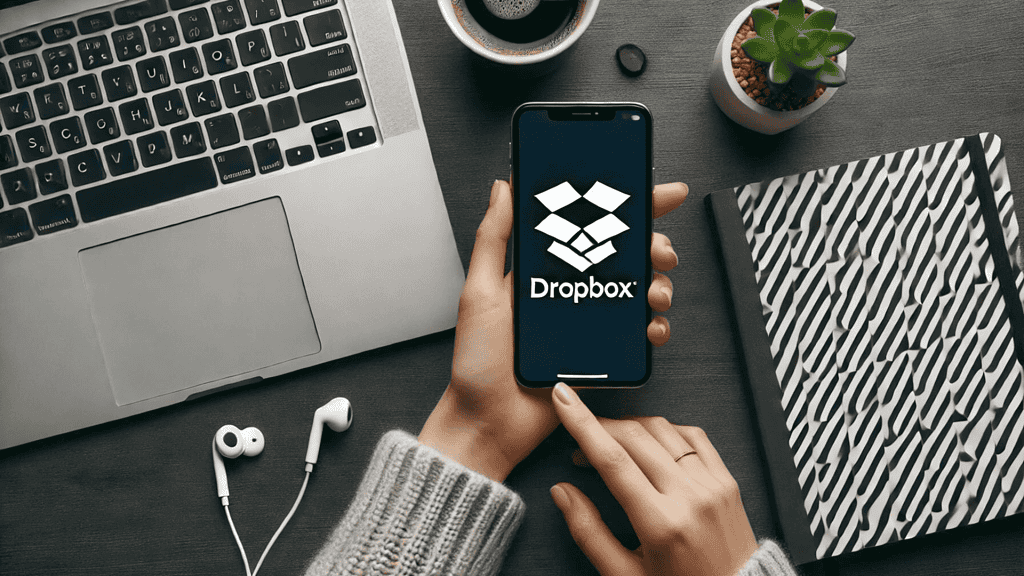
Case Study 2: Slack
Slack incorporates animations to provide visual feedback and guide users through their interface. For example, their loading animations and interactive icons create a lively and responsive experience, which aligns with their brand identity of fostering communication and collaboration. These animations enhance usability by providing immediate feedback and reducing perceived wait times.
Case Study 3: Google Material Design
Google’s Material Design framework emphasizes the importance of motion and interaction in web interfaces. Animations in Material Design are used to create a sense of continuity and provide clear feedback to users. For instance, buttons that ripple when clicked or cards that expand smoothly provide a tactile experience that mimics real-world interactions. This consistency and attention to detail make Material Design a standout example of modern web design.
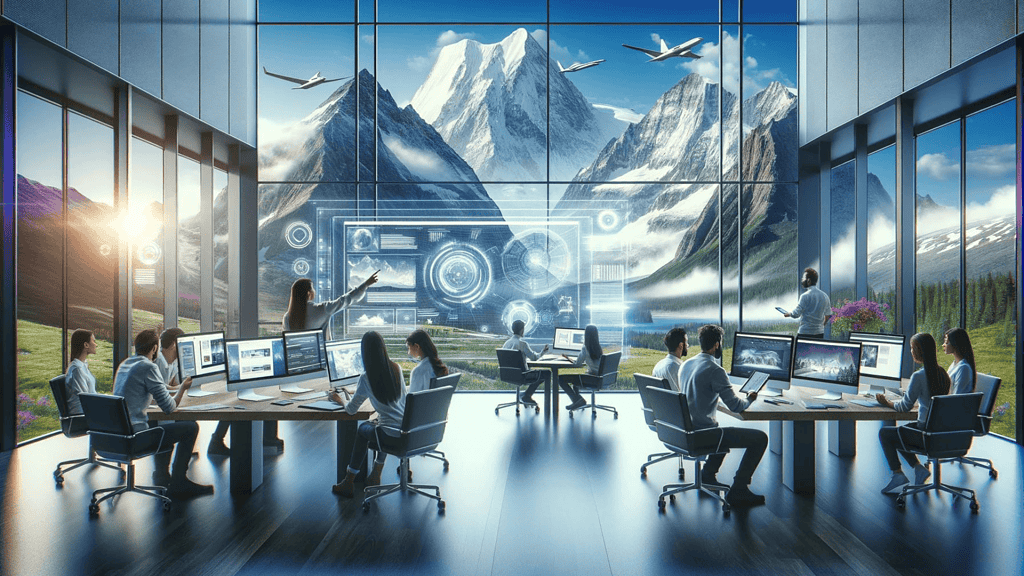
Future Trends in Animation and Web Design
As technology advances, the role of animation in web design continues to evolve. Several emerging trends are shaping the future of animation in web interfaces.
Microinteractions
Microinteractions are small, subtle animations that occur in response to user actions. They can be as simple as a button animation or as complex as a multi-step interaction process. Microinteractions enhance the user experience by providing instant feedback and making the interface feel more responsive. Enhancing user experience with animation, they are becoming increasingly popular in modern web design due to their ability to make interactions feel more natural and intuitive.
3D Animations
Advancements in web technologies are making it easier to integrate 3D animations into web interfaces. These animations can create a more immersive experience, making websites feel more dynamic and engaging. As browser capabilities and internet speeds improve, we can expect to see more websites incorporating 3D elements to enhance user experience.
Interactive Storytelling
Interactive storytelling uses animations to guide users through a narrative experience. This approach is particularly effective for educational websites, product demos, and marketing campaigns. By combining animations with user interactions, designers can create compelling stories that captivate users and convey information in an engaging way.
Final Thoughts: The Future of Animation in Web Design
The integration of animation into web design is not merely a trend but a crucial component of creating engaging and user-friendly interfaces. By adhering to UX design principles and employing the best web design software, designers can craft experiences that are both visually appealing and highly functional. Elementor remains a popular choice among designers for implementing these interactive features.
Modern web design continues to evolve, and animations will play an increasingly vital role in enhancing user experience. As technology advances, the possibilities for creating dynamic and interactive web interfaces are expanding, making it essential for designers to stay updated with the latest trends and tools.
In summary, when used thoughtfully, animations can significantly improve the usability and appeal of a website. By focusing on purposeful animations that enhance interaction rather than distract, designers can create more dynamic and effective web experiences that resonate with users and foster a more engaging online environment, enhancing user experience with animation. Discover Owltek Solutions’ innovative approach to web design and unlock the potential of your online presence today!
**This post contains affiliate links, meaning I may earn a small commission if you make a purchase through one of them. Rest assured, I only recommend products I truly love. Your support helps keep my creative business thriving — thank you!**

